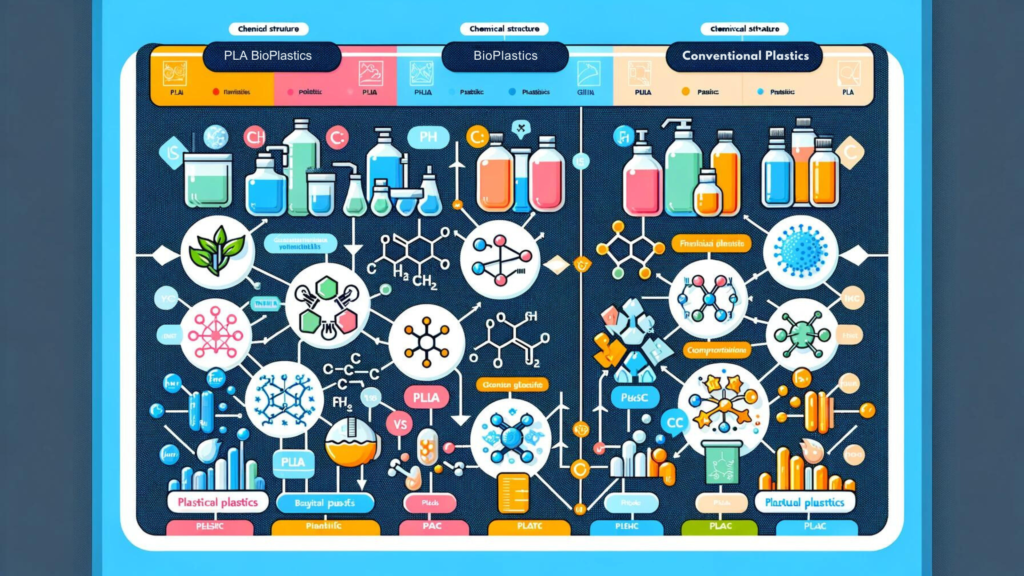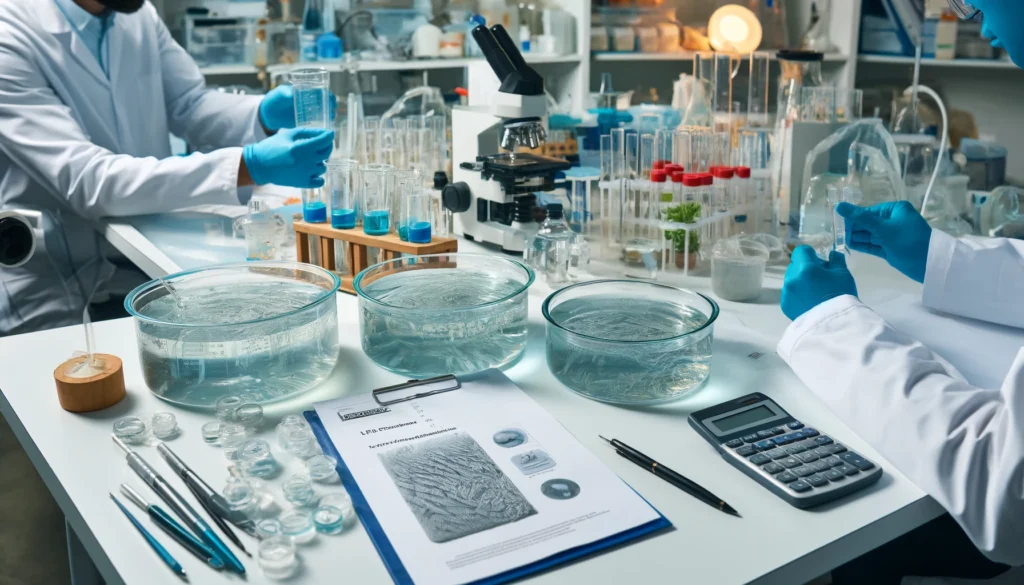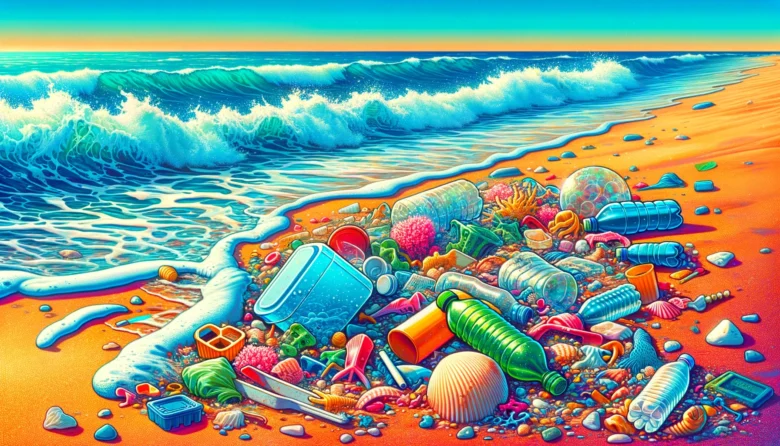Imagine you are walking on a beach, and instead of seashells, you see pieces of plastic scattered all over the sand. Plastic pollution in our oceans is a huge problem, and it’s not going away soon. But there is hope! Introducing PLA bioplastics—an eco-friendly alternative to regular plastics. To really see how good they are, we need to understand how fast they break down in the ocean. Let’s check it out!
Understanding PLA Bioplastics
First, what are PLA bioplastics? PLA stands for polylactic acid, a type of plastic made from renewable resources like cornstarch or sugarcane. Unlike traditional plastics made from petroleum, PLA bioplastics are designed to break down more easily. You can find them in things like disposable cups, food packaging, and even 3D printing materials.
The Problem of Plastic Pollution in Marine Environments
Plastic pollution is a big problem. Each year, countless tons of plastic waste find their way into our oceans, causing significant harm to marine life and ecosystems. Traditional plastics can take hundreds of years to break down, causing a lot of damage. This makes biodegradable alternatives like PLA very important. But how well do they actually perform in the ocean?

Mechanisms of PLA Degradation
So, how does PLA break down? The process involves both chemical and biological factors. In the right conditions, PLA can degrade through a combination of hydrolysis (a reaction with water) and microbial activity. Factors like temperature, the presence of certain microbes, and sunlight exposure all play a role in how quickly this happens.
Evaluating Degradation Rate in Marine Environments
Researchers are working hard to figure out how PLA bioplastics do in the ocean. Studies have shown that while PLA breaks down faster than traditional plastics, it’s not as fast as we might hope. Factors like colder water temperatures and lower microbial activity can slow the process down. Some other bioplastics might degrade more quickly under similar conditions.
Implications for Environmental Sustainability
The potential benefits of PLA bioplastics are clear. By breaking down more quickly than traditional plastics, they could help reduce the long-term impact of plastic pollution. However, it’s important to note that PLA is not a perfect solution. It has limitations, and we shouldn’t rely only on it to solve the plastic crisis. A combination of reducing plastic use, improving waste management, and developing better biodegradable materials is essential.

Future Directions and Innovations
The future of PLA bioplastics looks promising, with ongoing research aimed at improving their degradation rates. Scientists are exploring ways to tweak the chemical structure of PLA to make it break down faster in marine environments. Additionally, new technologies and innovative approaches are being developed to enhance the overall biodegradability of bioplastics.
Conclusion
PLA bioplastics offer some hope in the fight against plastic pollution. They break down faster than traditional plastics, especially in the right conditions. However, they are not a one-size-fits-all solution. By supporting further research and adopting more sustainable practices, we can work towards a cleaner, healthier ocean.
Author’s Note
Thank you for joining me on this exploration of PLA bioplastics and their role in marine environments. I hope this blog has provided valuable insights and sparked your curiosity about sustainable alternatives to conventional plastics. Together, we have the power to make a positive impact on our oceans and our planet!
G.C., Ecosociosphere contributor.
Additional Resources
For those interested in digging deeper into the topic, here are some great books available on Amazon:




